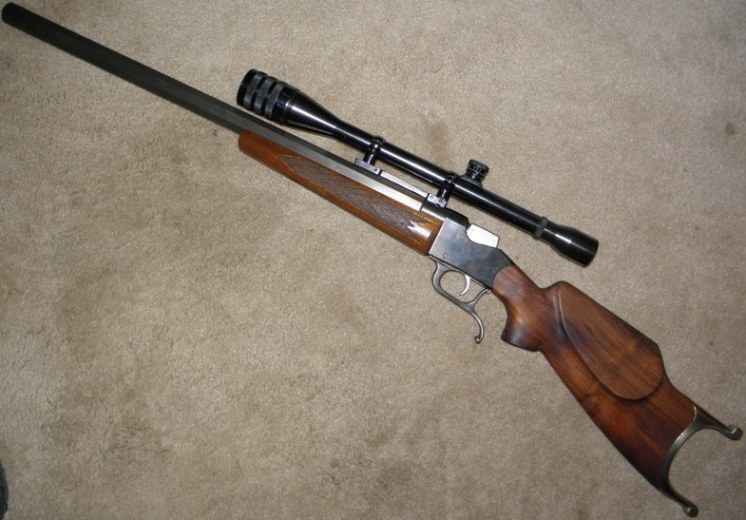frnkeore
Frequent Elocutionist
     Offline Offline

Posts: 7142
Location: Central Point, OR 97502
Joined: Jun 16 th, 2010
|
Re: Need advice to re-barrel an 1885 low wall
Reply #43 - Sep 12th, 2016 at 11:33am
|
Print Post
|
|
Nathan,
In your calulations, you've mixed outside and inside head diameters and standard and HV pressure loadings also, the 25/20SS has a case head of .318. It's best to use the outside diameter of the case head for calulations, just because the inside diameters will vary and you'll get the same realtionship that way.
You'll find that the people that recomend the 32/20 are thinking 14/16K pressures.
While some people only think the LW is only good for 22RF cartridges, others, including Frank DeHaas, think it's strong enough for the 357 Mag.
Some on this sight have seen LW's with cracked frames but, don't know the history behind them. I think that the people to lesson to are the ones that actually use the LW and can tell you how it's use has effected it's longevity.
In my case, I have run loads in the Max case that exceed 2100 fps, with a 146 gr GC bullet, as well as 1900 fps, with a 208 gr GC bullet. I DO NOT RECOMEND those loads! But, I will recomend loads that send a 208 gr bullet @ 1400+ fps and that should be in the <30,000 pressure area or ~3300 pounds of thrust. My LW shows no ill effects or wear in that application. Mine was and is still in excellent condition, with no signs of wear or looseness.
The thing to watch for, with a LW, is case head stretching, when that happens, you exceeded it's ability to totally hold the pressure. If that happens, back your load off! I personally think the most dangerous cartridges for the LW, are the 38 & 44/40, because of the case head size, the HV loadings and the ease of double charging them.
We've had many lively discussions over the LW on this forum but, it is not the weakest action out there and with small case heads, it will do the job.
Frank
|

 Need advice to re-barrel an 1885 low wall (Read 36311 times)
Need advice to re-barrel an 1885 low wall (Read 36311 times)







 Pages:
Pages: 